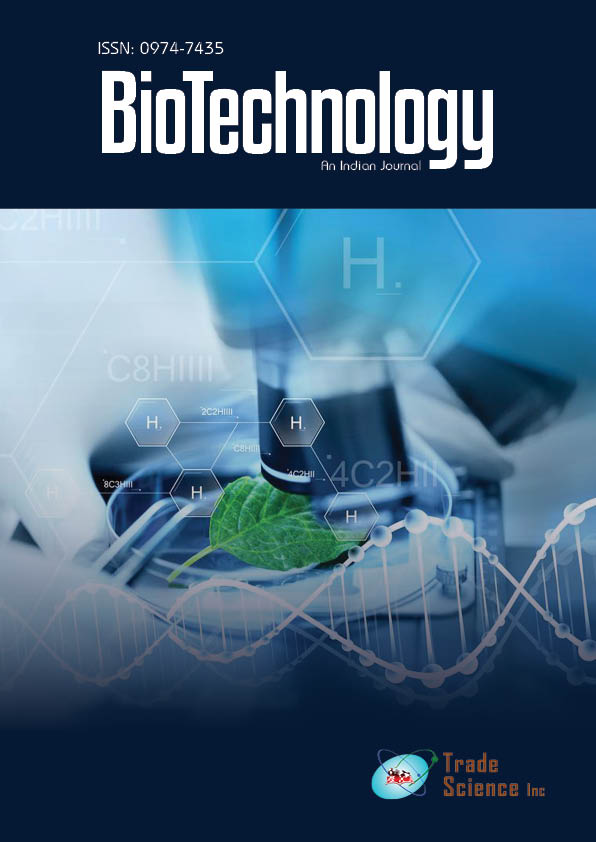抽象的な
Melting ranges of selected parent and solder dental alloys used for fixed partial dentures
Pascal De March, Aude Vallata, Birsena Dervisevic, Patrice Berthod
The metallic frameworks strengthening prostheses are composed of successive alloys joined to one another and the temperature melting ranges of which need to be known to well operate the foundry operation as well as the two types of soldering usually realized. In this work eight parent alloys, four pre-solder alloys and four post-solder alloys were subjected to differential thermal analysis in order to know the real solidus and liquidus temperatures. Some of the alloys obviously solidify in one time (the single –phased alloys and the alloys containing a major phase) and other in two times (the bi-phased alloys with similar fractions for the two constituents). In all cases the temperatures of fusion’s start and end, and the temperatures of solidification’s start and end, were successfully determined. This led to several refractoriness classes (post-solder < pre-solder < parent alloys), an order in good agreement with the conditions of soldering needed all along the prosthesis fabrication.Asimple criterion based on the separation of the contents in elementsmore refractory than the base element and the contents in elements less refractory than the base element, has been established for the prevision of the solidus temperatures and of the liquidus temperatures of the alloys based on gold and containing, with not too far contents, the same elements as the alloys studied in this work.
